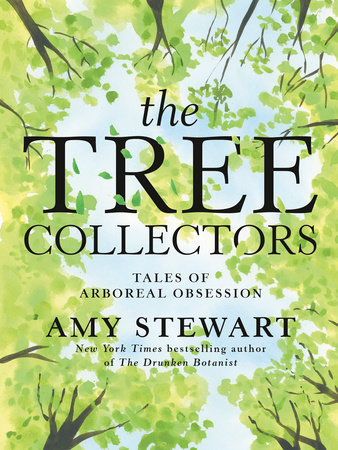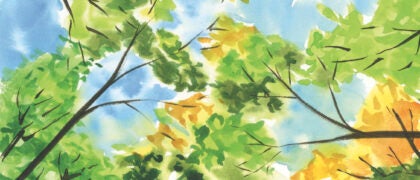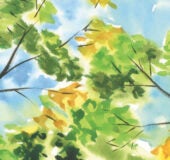THE PLAYWRIGHTVivian KehSan Jose, CaliforniaWhen Vivian Keh was a student at the Yale School of Drama, she wrote a play called Persimmons in Winter. “It was about two Korean sisters who survived World War II and the Korean War,” she said. “It was based on my mother’s experience. She went through some very hard times, times of starvation and war. The metaphor is that the sisters are the persimmons. It has always seemed miraculous to me, the idea of a tree producing fruit in winter.”
She planted her first persimmon tree in 2012, after she and her husband moved to a suburban home on a quarter-acre lot in San Jose. Persimmons are categorized into astringent and non-astringent types; she grew both the non-astringent ‘Fuyu’ type, which produces flat, squat fruits that can be eaten when they’re still firm, and the astringent ‘Saijo’ variety that can’t be eaten until fully ripened. “Those are the ones my elders are familiar with,” she said. “You bring them home from the market and then wait until they get really soft before you eat them. They remember these from when they were young. This was their sweet! They would also eat them dried with a cast over the skin from all the sugar coming out. That’s a delicacy. And there’s something about feeding oneself something sweet when you’ve been through starvation. It means a lot to them.”
Vivian recalls that in Korean culture, persimmons are a Buddhist symbol of transformation, shared in celebrations and placed on altars and grave sites to honor the dead. But to her, persimmons signify her connection to nature and to her family.
One fruit tree led to another, and now she has fifty trees, including citrus, quince, apricot, and medlar, an apple relative that also can’t be eaten until it’s so soft that it almost appears rotten. But the persimmons are the centerpiece of her collection, and a sort of spiritual force in her home orchard.
“The ‘Saijo’ persimmon I planted—there’s something special happening around that tree,” she said. “There’s energy around it. I feel like there’s some connection to my ancestors, to the ones I never knew, even to the ones who’ve been forgotten. All I know is I feel really good when I’m hanging out around that tree. I talk to it, and I thank it.”
The experience of living with these trees has helped her to reckon with the past, and with the whispered recollections of her elders that she struggles to understand. “I think maybe a couple generations back, some hard choices had to be made. Choices like, do I save my son or my daughter? What I think happened, maybe in my great-grandfather’s generation, is that two girls were left to die. And even though I don’t know their names, I think about them. Because they mattered. They’re the ones I talk to when I talk to that tree. It might sound crazy, but you know, that branch, the original branch that all these grafts came from, it came from Asia. And here we are together in my backyard.”
Every winter, as the persimmons ripen, she packs up boxes of them and mails them to her relatives. “Being a child of immigrants, relationships can get complicated. One way I feel like I can offer a gesture of love is by giving my elders these fruits that they adore. It keeps me connected to them. Now it isn’t enough to send one box to my mother. She wants more! I’m sending her three boxes a year.”
It also connects her to a community of passionate fruit tree growers. “You see these T-shirts that say ‘Introverted but willing to discuss books’? That’s me. Introverted but willing to discuss fruit trees.” Every year, she meets up with other fruit tree enthusiasts for an exchange of scion wood, the thin branches used for grafting. Thanks to those exchanges, she’s grafted as many as fifteen persimmon varieties onto one tree.
“I love starting with small trees and just pruning them and working with them,” she said. “They grow with you, and you help them to grow into the beautiful shapes they have the potential to become. I want to grow old with these trees, so I keep the canopies low. I hope to keep harvesting this fruit into my eighties. Fruit trees are just amazing—they give us so much for so little.”
Lately that good feeling has mattered more than ever. “There’s so much that really disgusts me about our society right now,” she said. “There’s all this Asian hate crime that we’re seeing. It’s really depressing. But when I harvest these persimmons, and I put them on the cutting board and start cutting . . . it’s such a pleasure. And I start singing! They really do make me sing. Growing fruit trees is a very simple way to stay in love with our world.”
Copyright © 2024 by Amy Stewart. All rights reserved. No part of this excerpt may be reproduced or reprinted without permission in writing from the publisher.










